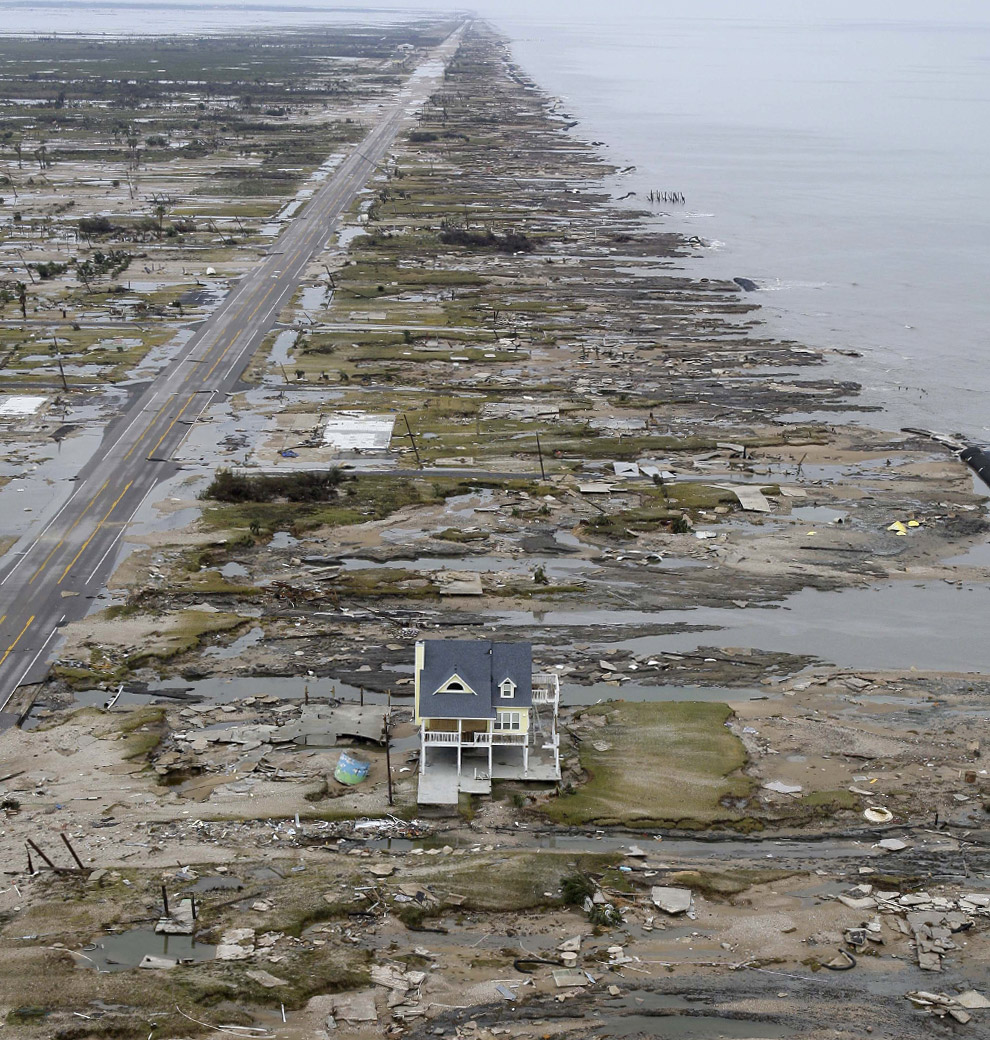Ok electrical people out there lend me a hand with this.
Condition: New SFR in coastal V zone with a Design Flood Elevation of 12'-0". Home is elevated on concrete piles. Breakaway walls surround a portion of enclosed grade level with a door to exterior. In this jurisdiction we do not inspect electrical the State department of L&I does. We use the 2012 editions of codes. State uses NEC 2008.
The IRC does not permit the attachment of any electrical to the breakaway wall. IRC Section 322.3.4
The NEC requires that electrical outlets be no more than 6-1/2' above grade.
Questions: What is the acceptable installation for the electrical box requirement at the exterior grade level door?
Does the NEC address FEMA requirements?
Thanks for the help.
ZIG
Condition: New SFR in coastal V zone with a Design Flood Elevation of 12'-0". Home is elevated on concrete piles. Breakaway walls surround a portion of enclosed grade level with a door to exterior. In this jurisdiction we do not inspect electrical the State department of L&I does. We use the 2012 editions of codes. State uses NEC 2008.
The IRC does not permit the attachment of any electrical to the breakaway wall. IRC Section 322.3.4
The NEC requires that electrical outlets be no more than 6-1/2' above grade.
Questions: What is the acceptable installation for the electrical box requirement at the exterior grade level door?
Does the NEC address FEMA requirements?
Thanks for the help.
ZIG

